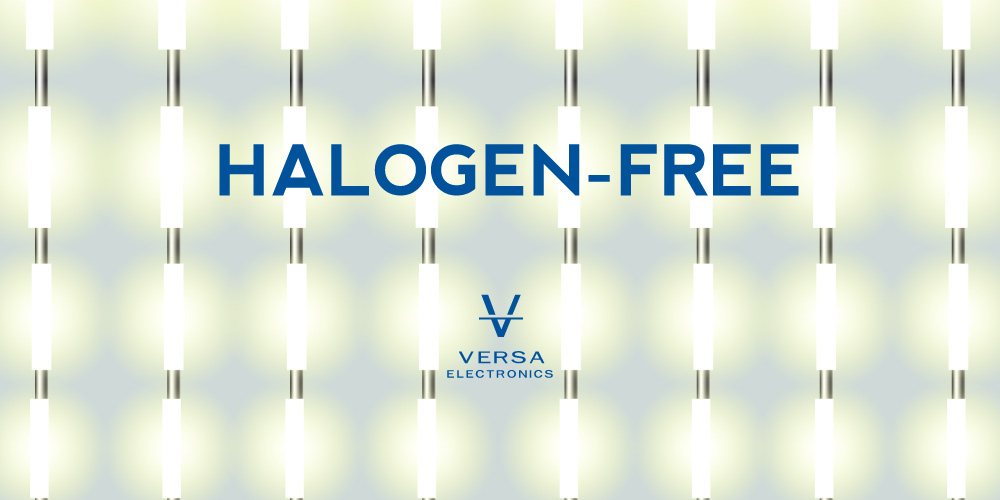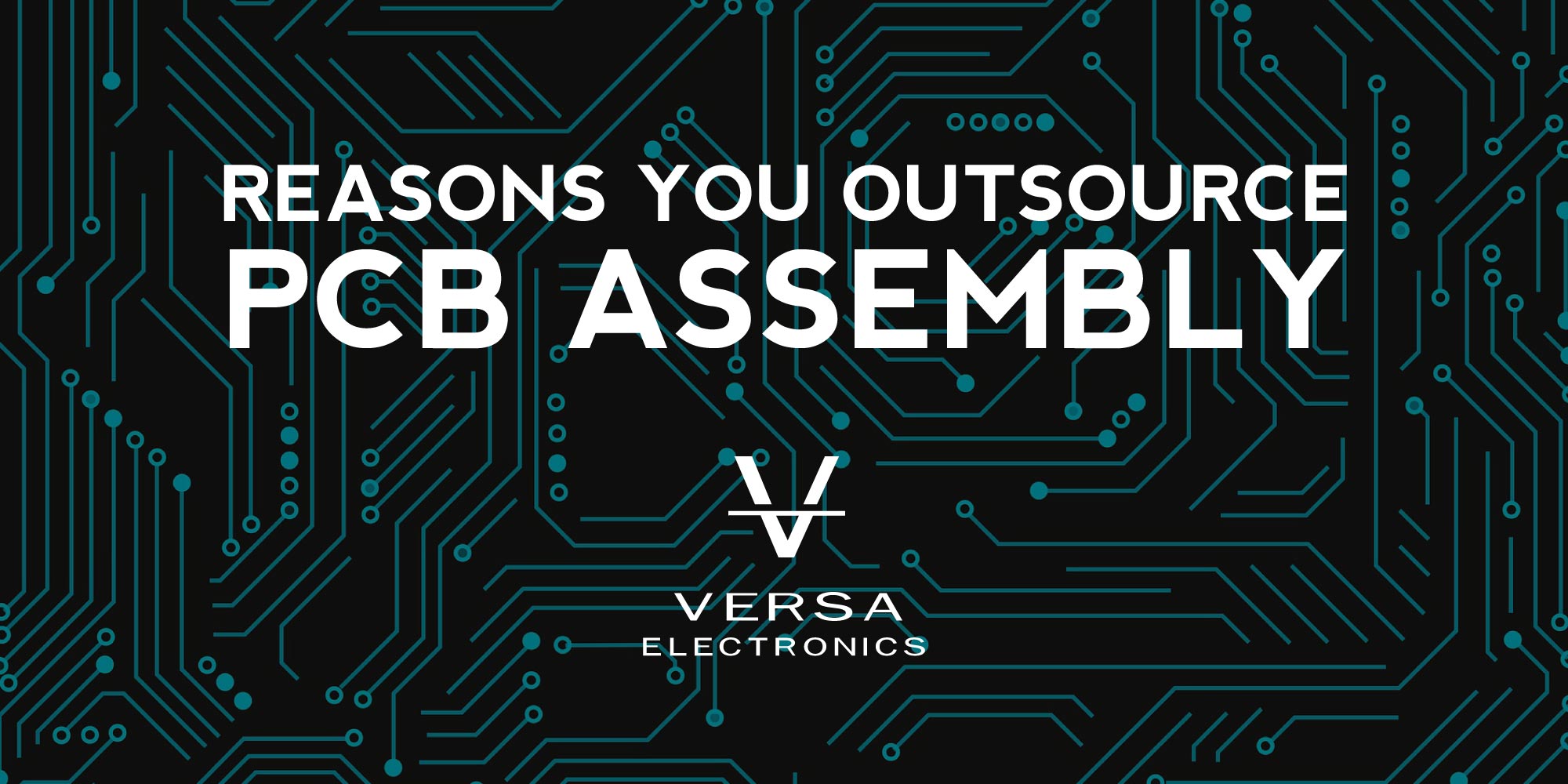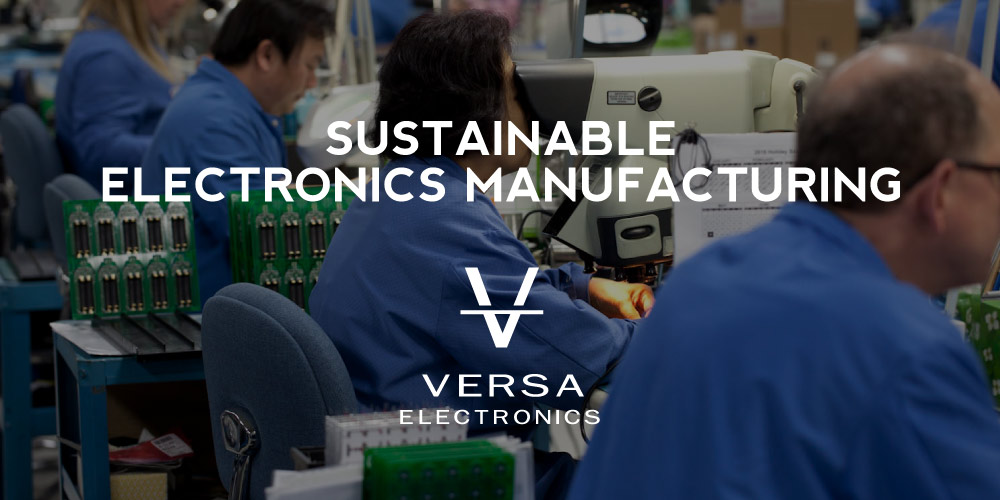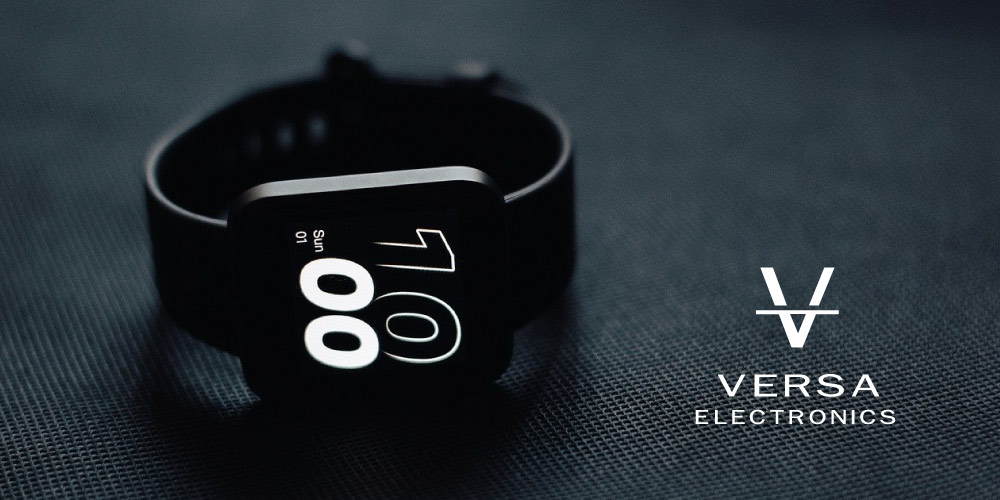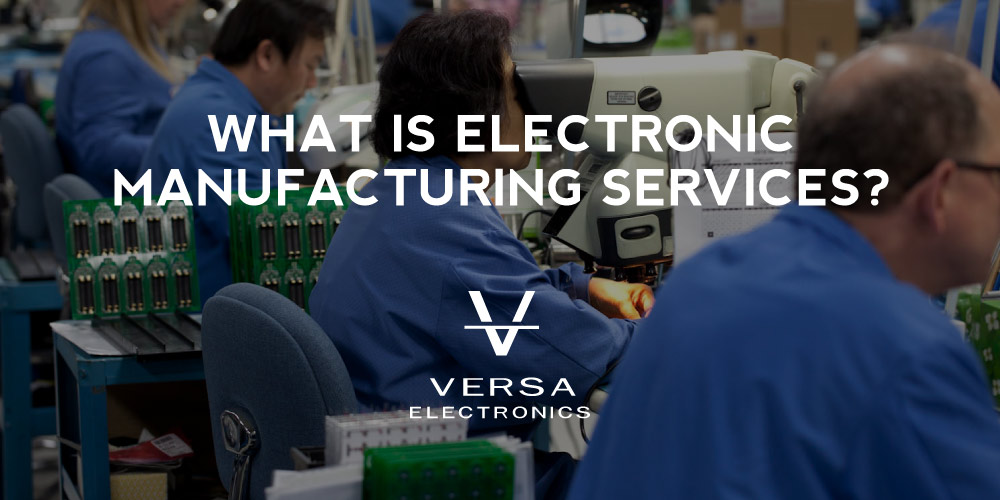Fluorine and chlorine have negative health effects when present in certain concentrations in circuit boards. This is the reason IEC came up with halogen free PCBs. Since electronics contain materials with high concentrations of halogens, to have a halogen free PCB, you need to minimize the use of some of these materials or replace them. Depending on your specific needs, you should decide how free of halogens you want your PCB circuits to be.
What Is a Halogen Free PCB?
A halogen free PCB is a printed circuit board with limited halogen elements. The main halogen elements that are fatal to life are chlorine, fluorine, bromine, astatine, and iodine. A halogen free PCB has less than 900 ppm of bromine or chlorine. Also, the board has less than 1500 ppm of halogen materials.
What Are the Pros and Cons of Halogen Elements?
Chlorine and bromine have numerous benefits. Chlorine is a flame-retardant that protects the components of a PCB. This is the reason many printed circuit boards like CEM3 PCB and FR4 have halogen-containing flame retardants. Chlorine is also used as an element for coating wires. On the other hand, bromine is a sterilizing agent. It is also used as a flame retardant.
Exposure to chlorine or bromine can cause nausea, coughing, skin irritation, burning in the eyes, trouble breathing, and blurred vision. Additionally, when chlorine combines with hydrocarbons, it forms dioxin, a deadly carcinogen.
The Challenge of Designing Halogen Free PCBs?
Meeting the International Electrochemical Commission (IEC) standards of less than 900 ppm of bromine/chlorine and less than 1500ppm of halogen material doesn’t mean your board has no halogens. There are tests for detecting halogens in PCBs. These tests show the presence of ionically bonded halogens. Since most halogens influxes are covalently bonded, these tests may not detect them. Therefore, to come up with a truly halogen free board, you need to exceed IEC specifications.
One of the specific sources of halogens is TBBPA. This is a brominated flame retardant (BFR) mainly used in laminates. To eliminate it, you need to use halogen free laminates such as reactive phosphorus-based ones. Another source of halogens is solder and flux. Therefore, you should consider alternatives to these elements.
What Are The Advantages of Halogen Free PCBs?
Apart from eliminating the negative effects of halogens like trouble breathing and skin irritation, there are other benefits of using halogen free PCBs. Halogen free circuits have thermal reliability. This means they are best suited to higher temperature processes for lead-free circuits.
These PCBs also have lower dielectric constants. This is an important feature if you want to maintain signal integrity. Additionally, when halogen free PCBs are disposed of, they don’t affect the environment. Halogen-based PCBs produce dioxin, a dangerous chemical when it’s converted to e-waste.
The perks of using halogen free boards come at a cost. These boards involve complex manufacturing and designing procedures. For example, halogen free solder and flux. Halogen free boards tend to vary the values of solder to flux, which can lead to graping. Graping is a phenomenon marked by the appearance of unreflowed solder particles on top of the solder mass. This occurs when solder forms one large ball instead of being distributed across your PCB board.
You should use a solder mask to define a pad to avoid this problem. This reduces the defects. Since many new materials have their own design challenges, you should consult the manufacturer or research extensively before using them.
What Are the Applications of Halogen Free PCBs?
Halogen-free PCBs are applicable in any industry that uses electronic PCB boards. This includes consumer electronics and industrial automation. The most significant applications are automobiles and mobile phones. However, there is a difference in the specifications of halogen-free PCBs. You should consult your manufacturer on the specification that applies to your industry.
While all companies can use halogen-free PCBs, they are mainly used by companies committed to a better environment, reducing their carbon footprint, and taking responsibility for the toxins they release into the atmosphere during production processes.
What Are the Alternatives to Halogen Free PCBs?
The popular alternative to halogen free PCBs is phosphorus and phosphorus nitrogen. When burning the phosphorus, it is decomposed to come up with polyphosphoric acid. This acid is anhydrous. Furthermore, it forms a carbonized film at the rear of the phosphorus resin.
The resin also has a flame retardant feature. The polymer resin has a phosphorus nitrogen composite that results in a non-combustible gas during combustion.
In Conclusion
Many companies have turned to halogen-free PCBs to reduce their carbon footprint and minimize the harmful effects of chlorine and bromine. These halogen-free PCBs aren’t only environmentally safe but also come with benefits like thermal durability and low dielectric constants.
The main challenge involved in designing these PCBs is that some of the tests to determine the content of halogens aren’t fool-proof. When opting for halogen-free PCBs, it’s important you research extensively and consult with manufacturers to ensure you get the best possible outcome.

